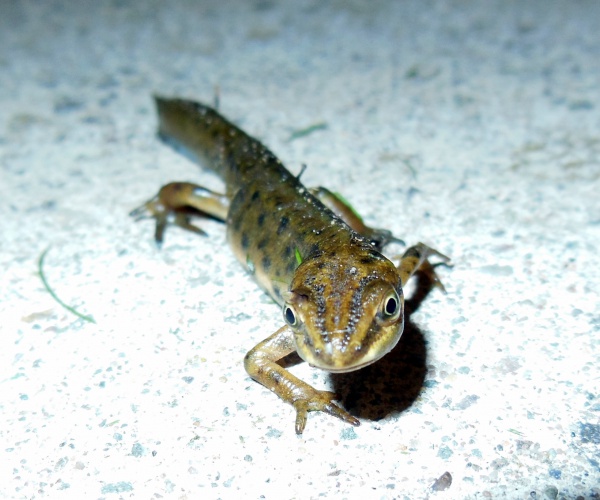Facts About Smooth newt
The smooth newt, also known as the northern smooth newt or common newt, is a captivating amphibian species found throughout Europe, except in the far north, parts of Southern France, and the Iberian Peninsula. Originally designated as Lacerta vulgaris by Carl Linnaeus in 1758, it was later reclassified into the genus Triturus before being placed in the genus Lissotriton in 2004. This species is closely related to other newts within the "smooth newt species complex."
Adult male smooth newts are slightly larger than females, typically reaching lengths of 9-11 cm. During the breeding season, males display vivid colors and distinct markings. There are three recognized subspecies of the smooth newt, which often share habitats with other newt species such as the palmate newt. These newts are widespread across Europe, from Ireland to central Asia, and have even been introduced to Australia.
Smooth newts demonstrate considerable adaptability with regard to their habitat, thriving primarily in lowland areas and adjusting to both terrestrial and aquatic environments. They are mostly nocturnal and spend their hibernation period on land. During reproduction, smooth newts engage in intricate courtship displays. Females can lay between 100 and 500 eggs, typically folding them into aquatic plants for protection. Although the smooth newt is a protected species in Europe, it has been declared a "controlled pest animal" in Australia due to its invasive potential.

 Kosovo
Kosovo